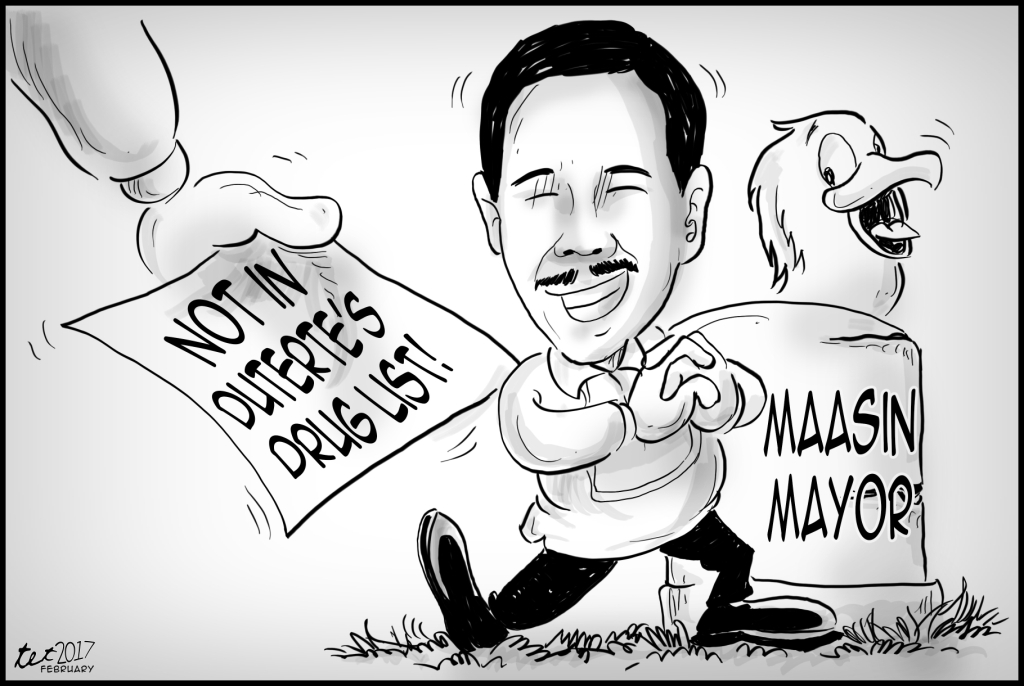
[av_one_full first min_height=” vertical_alignment=” space=” custom_margin=” margin=’0px’ padding=’0px’ border=” border_color=” radius=’0px’ background_color=” src=” background_position=’top left’ background_repeat=’no-repeat’ animation=”]
[av_heading heading=’Armed conflict’ tag=’h3′ style=’blockquote modern-quote’ size=” subheading_active=’subheading_below’ subheading_size=’15’ padding=’10’ color=” custom_font=”][/av_heading]
[av_textblock size=” font_color=’custom’ color=’#0a0a0a’]
Monday, February 6, 2017
[/av_textblock]
[av_textblock size=” font_color=’custom’ color=’#0a0a0a’]
SHOULD the lifting of the respective unilateral ceasefires of both the Government of the Republic of the Philippines (GRP) and the New People’s Army (NPA) mean a stop to the negotiations on the substantive agenda of the peace process? We hope not. Both panels should further expedite the talks to finally address the roots of the armed conflict.
We call on the negotiating panels of both parties, as well as their respective working groups and committees, to focus in the crafting of an agreement on socio-economic reforms – the crux and the most crucial part of the peace process.
The agreed acceleration of the process, by also tackling the other substantive agenda on political and constitutional reforms and the end of hostilities and disposition of forces, can continue even in the absence of a ceasefire, as proven during the time of then President Fidel Ramos, when 12 major agreements were forged by the parties, including the Comprehensive Agreement on the Respect of Human Rights and International Humanitarian Law.
Both the GRP and NDFP must proceed with the Feb. 22 scheduled meeting in Utrecht, Netherlands, to discuss the issue of ceasefire and the release of political detainees, particularly the sickly and the elderly. The absence of a ceasefire should not be taken as signal for a renewed armed confrontations.
[/av_textblock]
[/av_one_full]



